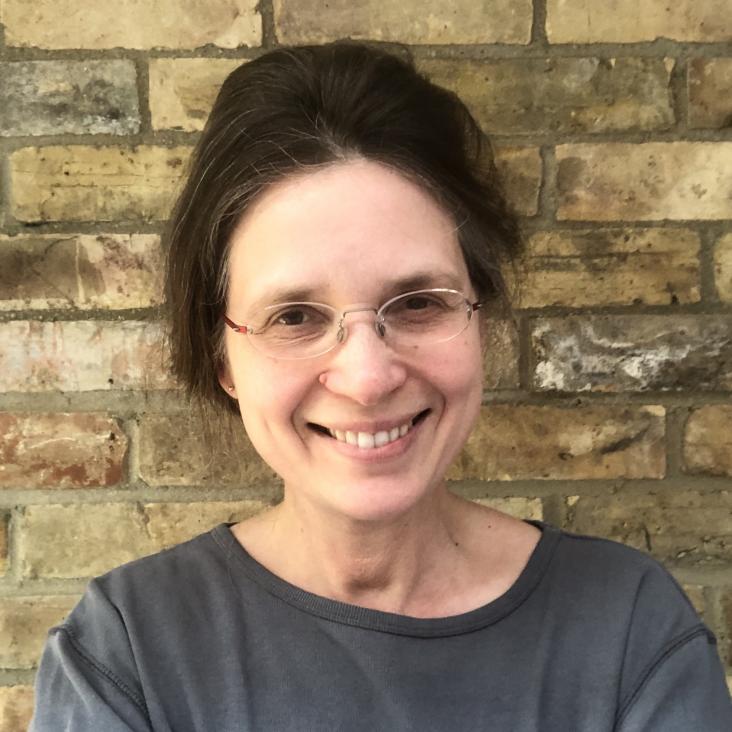The formation of cores in galaxies across cosmic time -- the existence of cores is not in tension with the LCDM paradigm
(2023)
The information on halo properties contained in spectroscopic observations of late-type galaxies
Monthly Notices of the Royal Astronomical Society Oxford University Press 525:4 (2023) 5066-5079
Abstract:
Rotation curves are the key observational manifestation of the dark matter distribution around late-type galaxies. In a halo model context, the precision of constraints on halo parameters is a complex function of properties of the measurements as well as properties of the galaxy itself. Forthcoming surveys will resolve rotation curves to varying degrees of precision, or measure their integrated effect in the HI linewidth. To ascertain the relative significance of the relevant quantities for constraining halo properties, we study the information on halo mass and concentration as quantified by the Kullback–Leibler divergence of the kinematics-informed posterior from the uninformative prior. We calculate this divergence as a function of the different types of spectroscopic observation, properties of the measurement, galaxy properties, and auxiliary observational data on the baryonic components. Using the SPARC (Spitzer Photometry & Accurate Rotation Curves) sample, we find that fits to the full rotation curve exhibit a large variation in information gain between galaxies, ranging from ~1 to ~11 bits. The variation is predominantly caused by the vast differences in the number of data points and the size of velocity uncertainties between the SPARC galaxies. We also study the relative importance of the minimum HI surface density probed and the size of velocity uncertainties on the constraining power on the inner halo density slope, finding the latter to be significantly more important. We spell out the implications of these results for the optimization of galaxy surveys aiming to constrain galaxies’ dark matter distributions, highlighting the need for precise velocity measurements.The impact of cosmic rays on the interstellar medium and galactic outflows of Milky Way analogues
(2023)
The challenges of identifying Population III stars in the early Universe
Monthly Notices of the Royal Astronomical Society Oxford University Press 524:1 (2023) 351-360
Abstract:
The recent launch of JWST has enabled the exciting prospect of detecting the first generation of metal-free, Population III (Pop. III) stars. Determining characteristics that robustly signify Pop. III stars against other possible contaminants represents a key challenge. To this end, we run high-resolution (sub-pc) cosmological radiation hydrodynamics simulations of the region around a dwarf galaxy at z ≥ 10 to predict the emission line signatures of the Pop. III/Pop. II transition. We show that the absence of metal emission lines is a poor diagnostic of Pop. III stars because metal-enriched galaxies can maintain low [O iii] 5007 Å that may be undetectable due to sensitivity limits. Combining spectral hardness probes (e.g. He ii 1640 Å/H α) with metallicity diagnostics is more likely to probe metal-free stars, although contamination from Wolf-Rayet stars, X-ray binaries, or black holes may be important. The hard emission from Pop. III galaxies fades fast due to the short stellar lifetimes of massive stars, which could further inhibit detection. Pop. III stars may be identifiable after they evolve off the main sequence due to the cooling radiation from nebular gas or a supernova remnant; however, these signatures are also short-lived (i.e. few Myr). Contaminants including flickering black holes might confuse this diagnostic. While JWST will provide a unique opportunity to spectroscopically probe the nature of the earliest galaxies, both the short time-scales associated with pristine systems and ambiguities in interpreting emission lines may hinder progress. Special care will be needed before claiming the discovery of systems with pure Pop. III stars.Inferring dark matter halo properties for H i-selected galaxies
Monthly Notices of the Royal Astronomical Society Oxford University Press 526:4 (2023) 5861-5882


